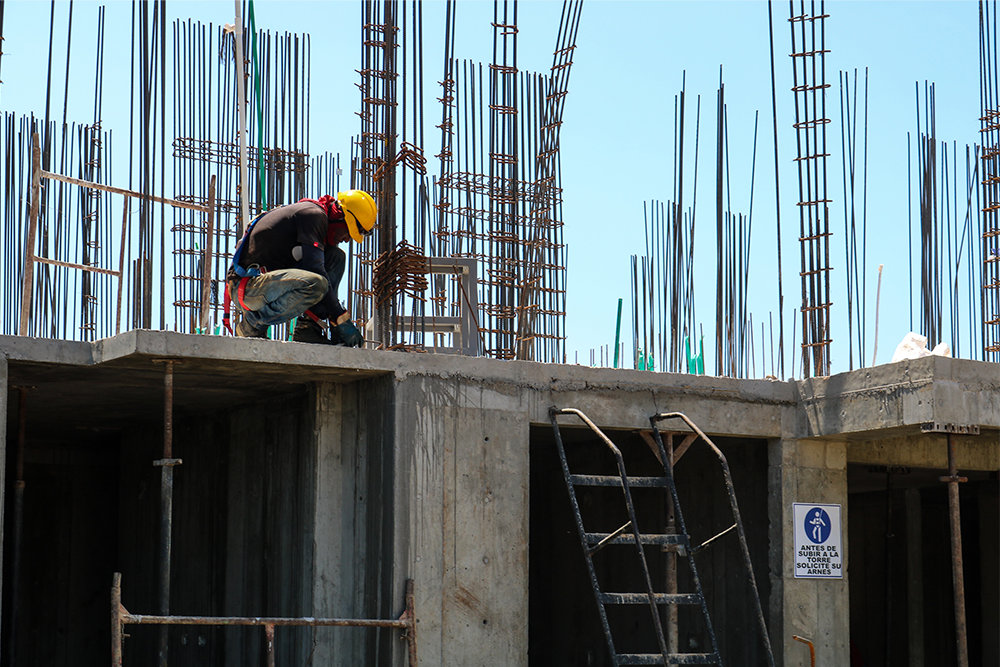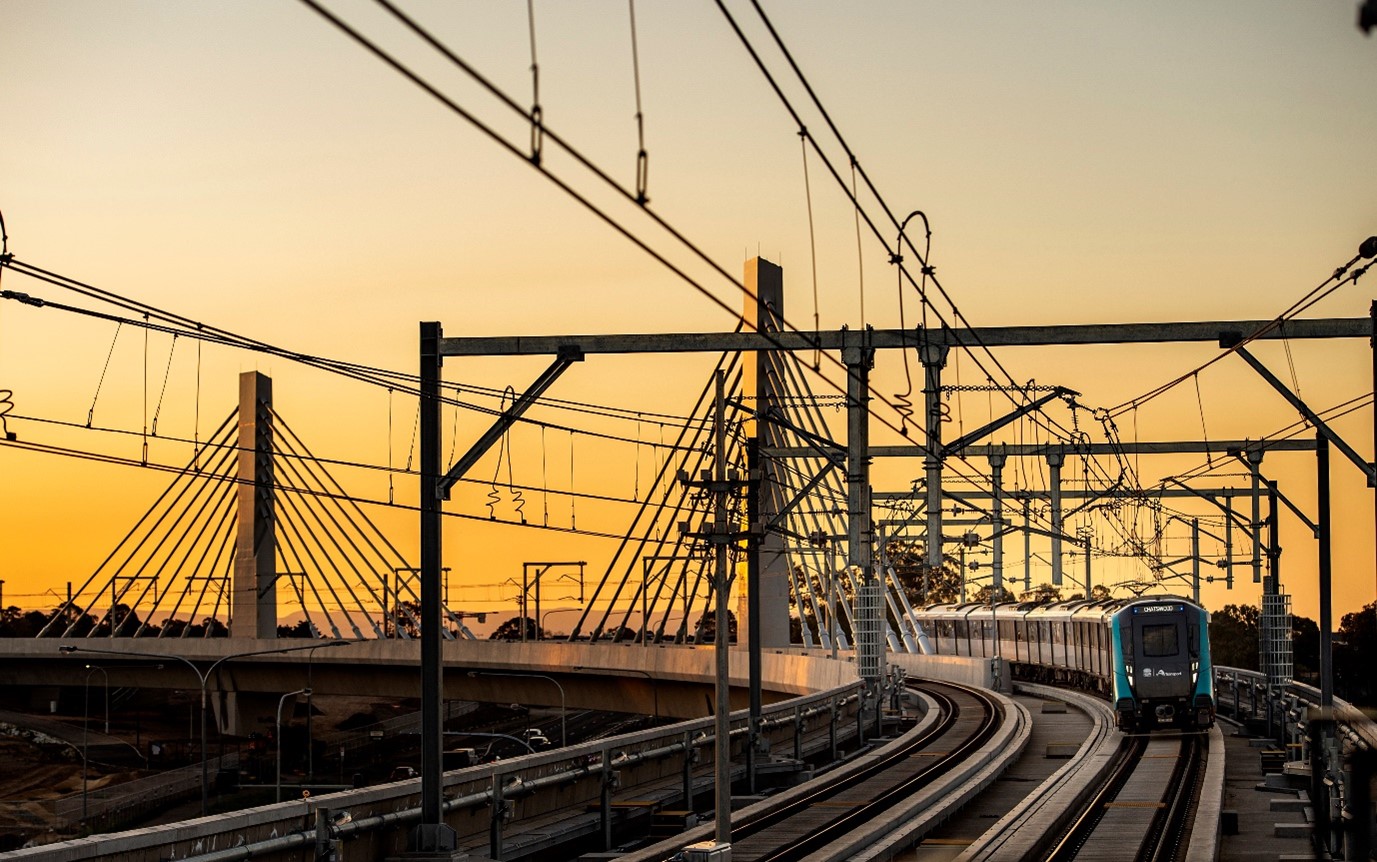51 results found
the Directorate General for Roads, Spanish Ministry of Transport, ASEFMA (the Spanish association of manufacturers of asphalt mixtures), and other companies from the asphalt sector have developed EMIPAV – a tool to analyse the impact of the road conditions on vehicle fuel consumption and emissions in Spain in order to implement effective measures and policies against climate chang
Anticipating that the pandemic would have disproportionate consequences across their population, the Ministry of Health Türkiye swiftly engaged policy action and digitisation in the interests of creating conditions for equitable access to health services.
Inflation continues to soar globally, the IMF forecasts inflation will rise from 4.7 percent in 2021 to 8.8 percent in 2022. In India, wholesale inflation has remained in double digits for more than a year. The IMF now expects global growth to slow from 6.0 percent in 2021 to 3.2 percent in 2022 and 2.7 percent in 2023.
VIRNECT technologies help facilitate digital transformation in industrial sites. VIRNECT uses augmented reality (AR) to allow remote collaboration among multiple industrial sites in different locations.
This Checklist for PPPs has been prepared from the point of view of public policy makers and decision-makers in countries at various levels of development and capacities for the purpose of a high level assessment of a PPP project.

How can we drive infrastructure delivery reforms? Join GI Hub and Jacobs on 26 October for the launch webinar of our newest initiative, Improving Delivery Models.
Converting old unused mineshafts and canals into 'geothermal boilers' to produce electricity that can be transported to homes or public spaces.
Combination of sensors and AI to increase sewer capacity and reduce the frequency and magnitude of sewer overflows, especially during high rainfall events.
V2V technologies are Cooperative Intelligent Transport Systems (C-ITS) that enable communication between vehicles to avoid accidents and and enable the optimisation of traffic flow.
A dynamic tolling algorithm recalibrates toll rates based on traffic congestion and local conditions every few minutes and is a tool to manage traffic demand through pricing.
Decentralised microgrids enable 'prosumers' to trade their surplus energy, resulting in reduced cost, increased use of renewables, and reduced demand on the energy grid.
Digital technology integrated into smart containers enable accurate near real-time monitoring and control of the condition, location and the environment of shipping containers.
Digital technology to enable regulators to measure water abstracted and use data for compliance and enforcement purposes.
Pedestrian and weather sensors installed at road intersections to adapt traffic light operation to match real time demand and safety requirements.
Advanced traffic management systems improve the performance of road services through the use of sensors, GPS, smart cameras, and weather information systems.
Remote sensors, UAVs and satellite technologies to monitor water bodies for algal blooms and provide early warnings of potential health risks to the general public.
Smart meters collect and transmit real time water usage data from users, which can be used for billing, improve water efficiency and enhance customer experience.
Unmanned Aerial Vehicles (UAV) are drone-like aircrafts without an onboard pilot which can provide last mile transport similar to car-based ride hailing services.
Drone technologies can enable remote inspection of infrastructure, thereby improving safety by eliminating hazardous tasks previously done by humans.
An alternative means of conducting waste management and cleaning in stations through robots that spray cleaning chemicals (e.g. hydrogen peroxide) onto surfaces.





 Improving Delivery Models
Improving Delivery Models

















